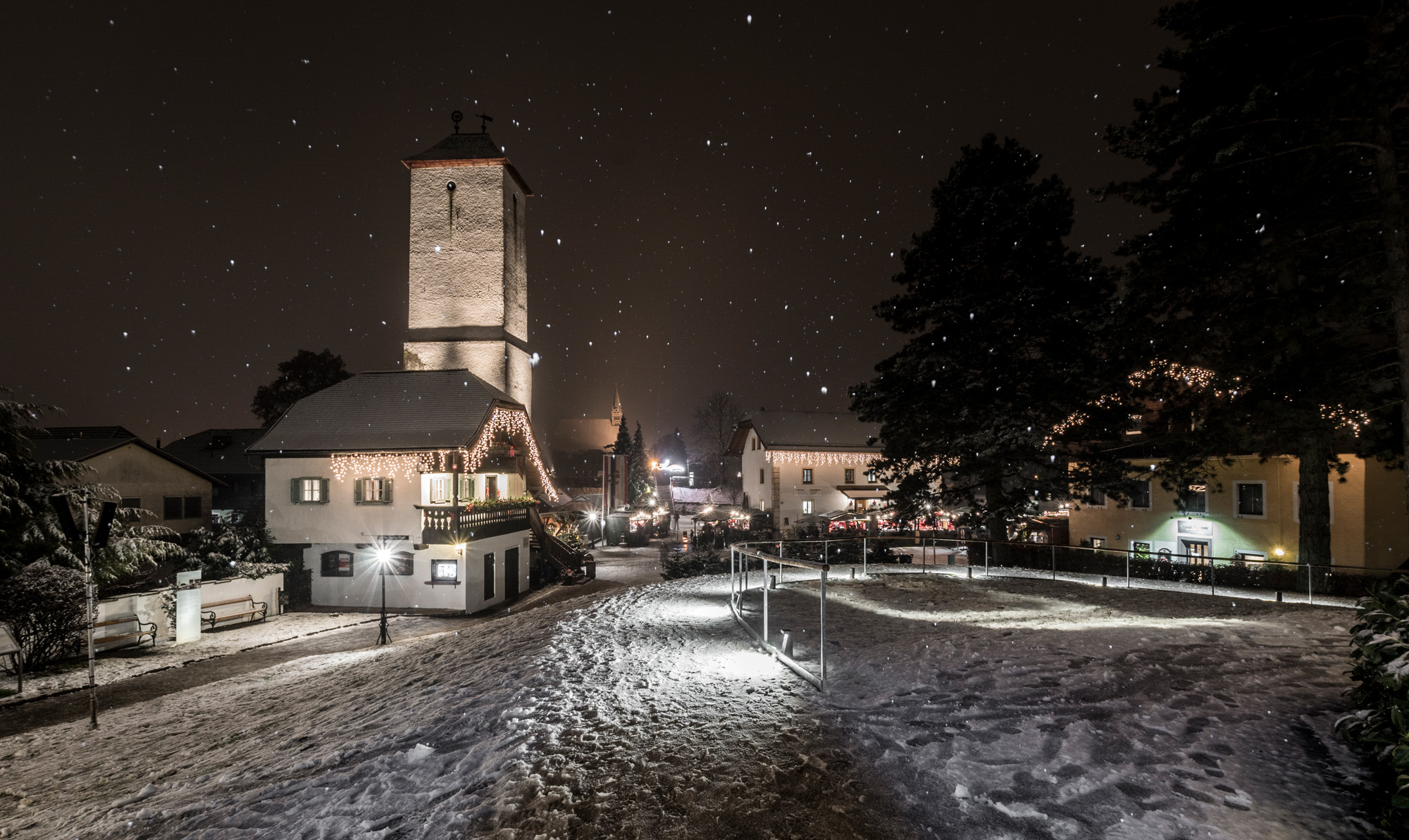
The origin of 'Silent Night'
The birth of a song
200 years ago this beloved Christmas carol was born in a small Austrian town. This is the story of how one of the best known songs found its way into so many churches and homes across the world.
In 1818, a band of actors were performing in towns throughout the Austrian Alps. On December 23 they arrived at Oberndorf, a village near Salzburg where they were to re-enact the story of Christ's birth in the small Church of St. Nicholas. Unfortunately, the church organ was not working and would not be repaired before Christmas. Because the church organ was out of commission, the actors presented their Christmas drama in a private home. That Christmas presentation of events from the Bible put assistant pastor Josef Mohr in a meditative mood. Instead of walking straight to his house that night, Mohr took a longer way home. The longer path took him up over a hill overlooking the village.
The village of Oberndorf
From that hilltop, Mohr looked down on the peaceful snow-covered village revealing the majestic silence of the wintry night. Mohr gazed down at the glowing Christmas-card like scene, his thoughts about the Christmas play he had just seen made him remember a poem he had written a couple of years before. That poem was about the night when angels announced the birth of the long-awaited Messiah to shepherds on a hillside.
A guitar melody
Mohr decided those words might make a good carol for his congregation the following evening at their Christmas eve service. The one problem was that he didn't have any music to which that poem could be sung. So, the next day Mohr went to see the church organist, Franz Xaver Gruber. Gruber only had a few hours to come up with a melody which could be sung with a guitar. However, by that evening, Gruber had managed to compose a musical setting for the poem. It no longer mattered to Mohr and Gruber that their church organ was inoperable. They now had a Christmas carol that could be sung without that organ.
Christmas Eve
On Christmas Eve, the little Oberndorf congregation heard Gruber and Mohr sing their new composition to the accompaniment of Gruber's guitar. Weeks later, well-known organ builder Karl Mauracher arrived in Oberndorf to fix the organ in St. Nicholas church. When Mauracher finished, he stepped back to let Gruber test the instrument. When Gruber sat down, his fingers began playing the simple melody he had written for Mohr's Christmas poem. Deeply impressed, Mauracher took copies of the music and words of "Silent Night" back to his own Alpine village, Kapfing. There, two well-known families of singers, the Rainers and the Strassers, heard it. Captivated by "Silent Night," both groups put the new song into their Christmas season repertoire.
Kind Frederick William IV of Prussia
The Strasser sisters spread the carol across northern Europe. In 1834, they performed "Silent Night" for King Frederick William IV of Prussia, and he then ordered his cathedral choir to sing it every Christmas eve. Twenty years after "Silent Night" was written, the Rainers brought the song to the United States, singing it (in German) at the Alexander Hamilton Monument located outside New York City's Trinity Church.
Translated into English
In 1863, nearly fifty years after being first sung in German, "Silent Night" was translated into English (by either Jane Campbell or John Young). Eight years later, that English version made its way into print in Charles Hutchins' Sunday School Hymnal. Today the words of "Silent Night" are sung in more than 300 different languages around the world
Experience your own Austrian magic and see the birth place of Silent Night on one of our stunning
Credit: Howard Culbertson